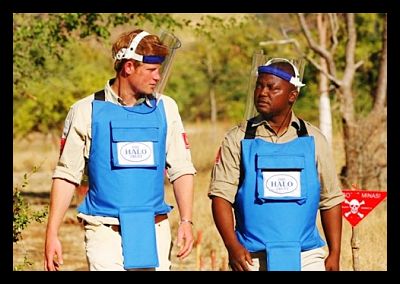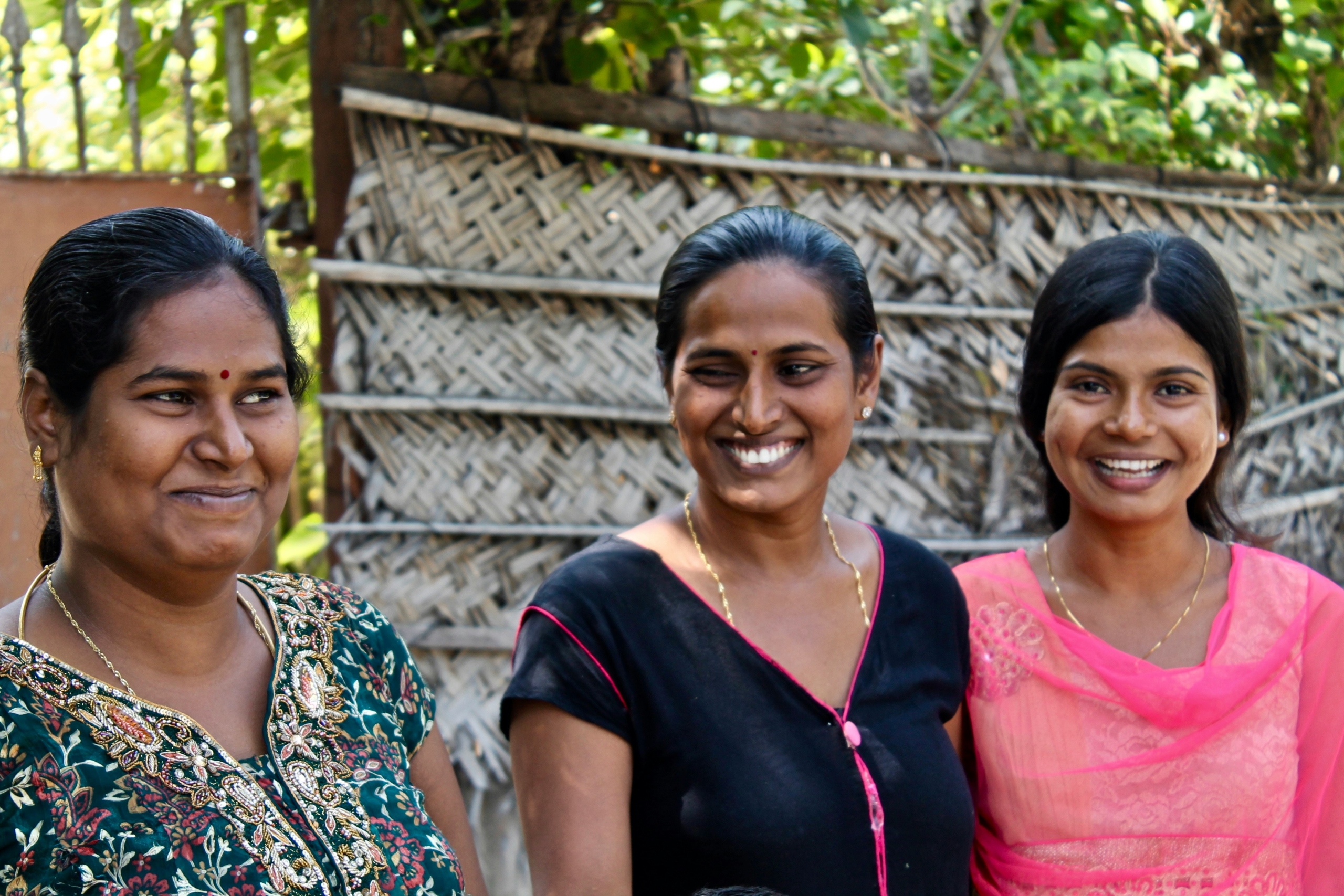 Sri Lanka’s Northern Province is still reeling from more than 25 years of conflict. The country’s civil war left towns and villages decimated and families torn apart. Nearly 15 years since the end of the war, local charities and Non-governmental Organizations (NGOs) are still working to rebuild the futures of the primarily Tamil populations. Here are three examples:
Sri Lanka’s Northern Province is still reeling from more than 25 years of conflict. The country’s civil war left towns and villages decimated and families torn apart. Nearly 15 years since the end of the war, local charities and Non-governmental Organizations (NGOs) are still working to rebuild the futures of the primarily Tamil populations. Here are three examples:
The Halo Trust
It is estimated that 1.6 million landmines were left in the ground throughout the civil war in Sri Lanka, causing a threat to life and mass displacement of people. Since 2002, The Halo Trust has been working to safely destroy these landmines and educate affected communities on how to avoid harm.
Halo claims to have cleared more than 270,000 landmines in their time in Sri Lanka. These numbers suggest that for every mine cleared, a displaced person has been able to return to their home. The broader impact of such work has been its contribution to rebuilding livelihoods in some areas worst affected by the civil war. More than 1,300 local Sri Lankans have worked for the trust, gaining employment, learning vital skills and ultimately reclaiming their birthland.
Save a Life
The Jaffna-based charity Save a Life has a simple approach to alleviating poverty; “we believe in actions over words.” This is evident in their vast work for communities since 2014. Starting as a charity to raise awareness about the importance of blood donation, they have since branched out into educating young people about plastic pollution, conducting data collections on differently-abled people and leading a mangrove restoration campaign.
While their core mission is centered around youth development, health and the environment, what distinguishes their organization is an ambition to have a positive social impact in any way possible. For example, their team is made mainly of young and passionate female university graduates, reflecting their promotion of gender equality. Save a Life has run 150 campaigns over the last 10 years involving hundreds of volunteers.
Vallavan Sports Academy
Vallavan Sports Academy aims to provide sporting facilities and coaching to disadvantaged young people in Sri Lanka’s Northern Province Jaffna district. Run by a local Sri Lanka philanthropist, the charity currently provides a swimming pool and a center for indoor games such as Pool and Carrom, a popular Asian board game. On visiting the academy, you will find many budding young athletes enjoying their evenings after school at the pool. The sports center has a collection of trophies won by the youngsters trained by Mr Vallavan himself.
In a town where many young people are tempted out of school before 16 to earn for their families, sports and leisure are hardly commonplace and certainly not accessible to all. Vallavan not only provides facilities and training accessible to young people not otherwise able to afford them but also provides a safe place to experience fulfillment and belonging.
– Alex Finch
Photo: Unsplash

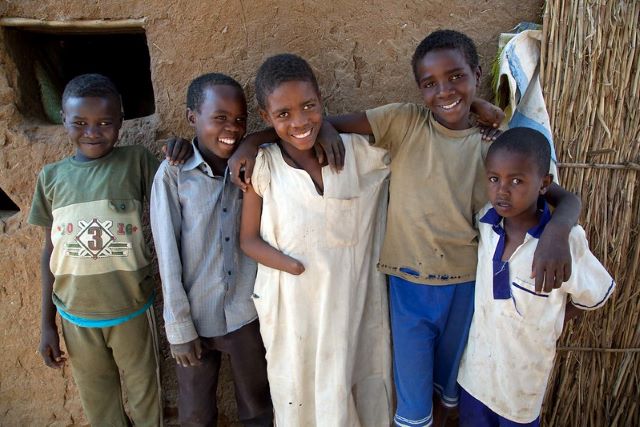 Located in southeast Zimbabwe, Gonarezhou National Park is home to 11,000 African elephants, which is how it earned its name as the “Place of Elephants.” Unfortunately, it is also the site of thousands of buried landmines. These landmines were
Located in southeast Zimbabwe, Gonarezhou National Park is home to 11,000 African elephants, which is how it earned its name as the “Place of Elephants.” Unfortunately, it is also the site of thousands of buried landmines. These landmines were 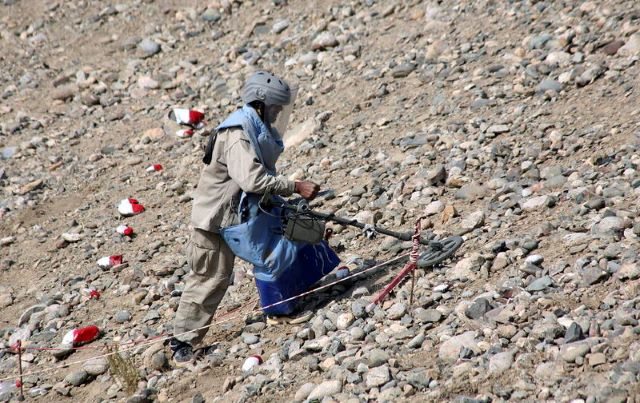 Russian intervention may have ended the latest bouts of
Russian intervention may have ended the latest bouts of  The threat of stepping on landmines understandably leaves communities in fear of utilizing valuable farmland, traveling freely to school or rebuilding after conflict. Landmines affect impoverished communities significantly more than others as it is often the poor who are pushed into these dangerous areas. A landmine-free world is the goal of several organizations.
The threat of stepping on landmines understandably leaves communities in fear of utilizing valuable farmland, traveling freely to school or rebuilding after conflict. Landmines affect impoverished communities significantly more than others as it is often the poor who are pushed into these dangerous areas. A landmine-free world is the goal of several organizations.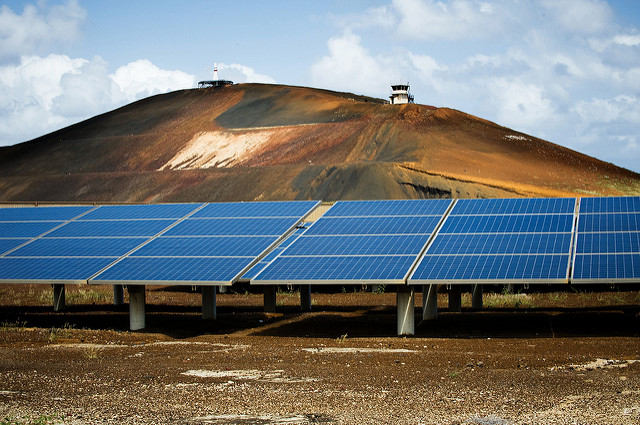
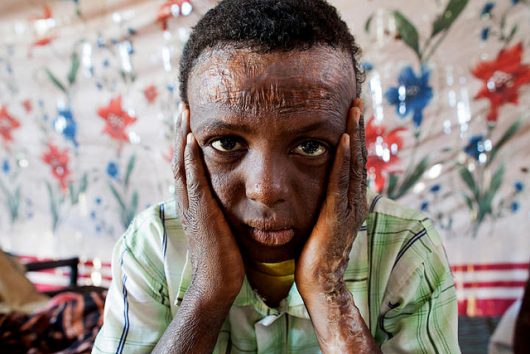 Landmines are any type of container of explosive material than can be triggered when it comes into contact with a person or a vehicle. The explosive blast or fragments of a landmine are intended to incapacitate a person or vehicle.
Landmines are any type of container of explosive material than can be triggered when it comes into contact with a person or a vehicle. The explosive blast or fragments of a landmine are intended to incapacitate a person or vehicle.